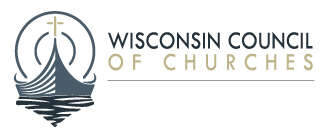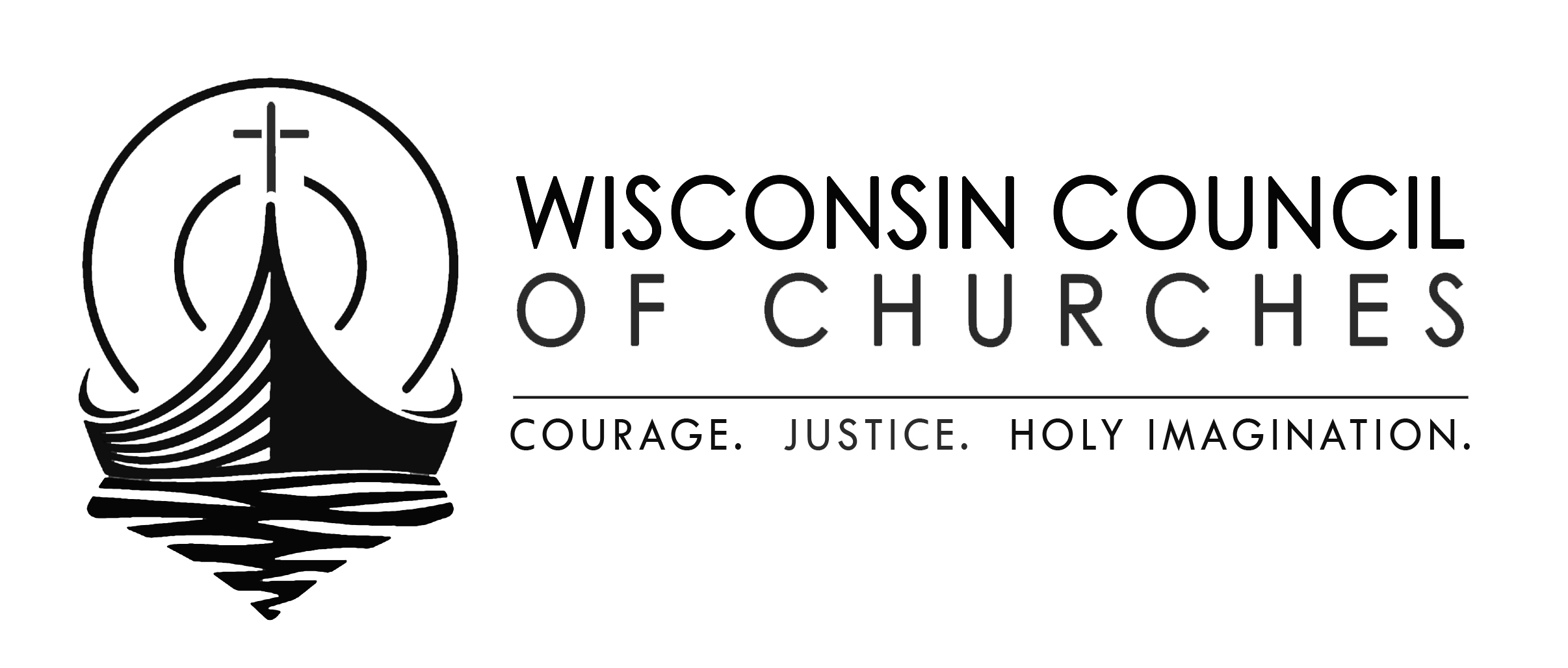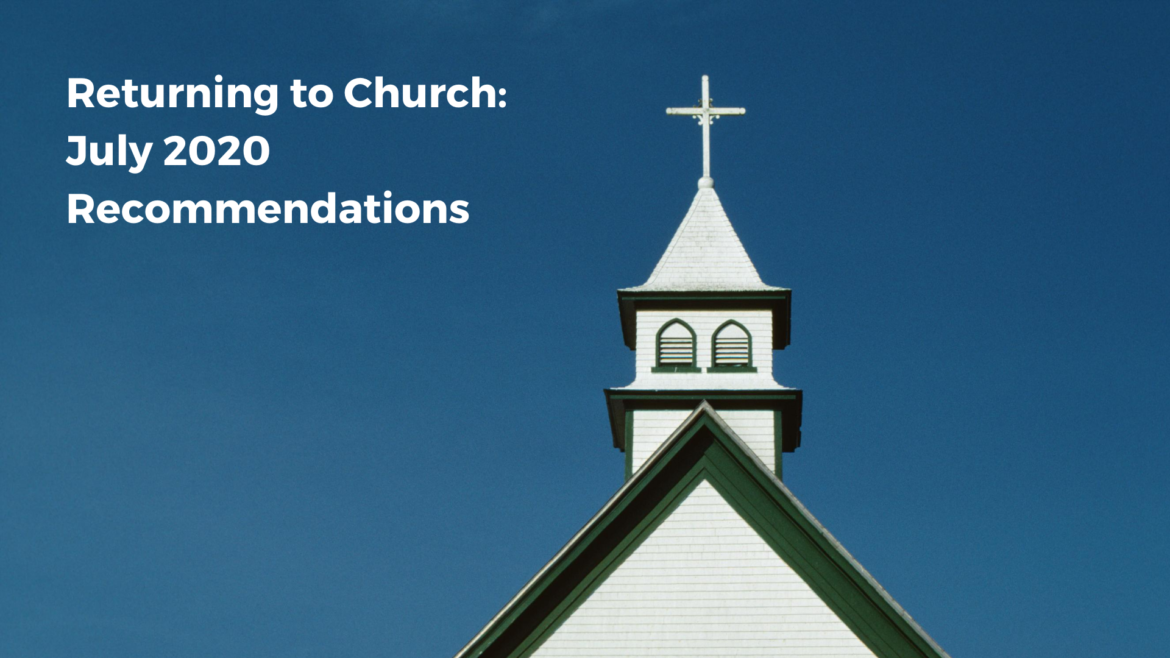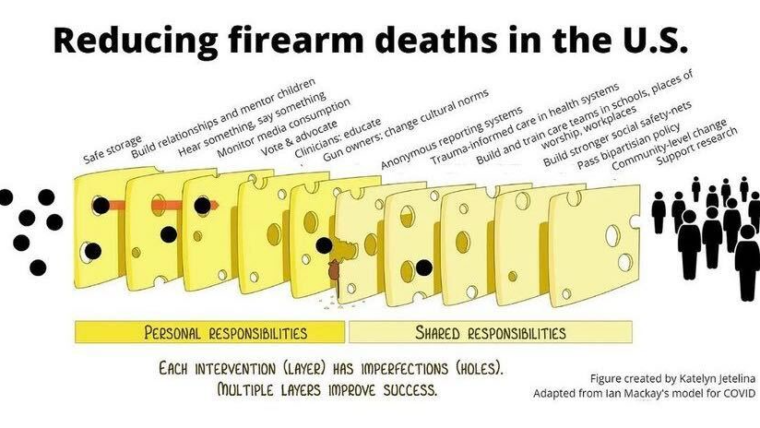Given the accelerated spread of COVID-19 in Wisconsin, lack of a coordinated statewide response, and requests from churches around the state for updated information, Wisconsin Council of Churches staff has prepared a critical midyear Returning to Church update. We’ve been gathering a great deal of information to inform these latest recommendations. Here’s the brief summary:
- Current conditions of COVID spread warrant a return to online-only worship and online options for most ministries. If you cannot move these fully online, we urge you to roll back to an earlier stage in your re-opening plans that involve less physical interaction.
- Use a longer decision-making time frame. For many reasons, including the mental and emotional health of leaders, it would be wise to hold off reconsidering gathering until mid-September – meaning at the earliest, an October re-entry into our physical spaces of ministry. Considering an even later date is not an overreaction.
- Begin adjusting your thinking about Advent and Christmas. The collision of COVID and flu season will mean that many treasured rituals and expectations will be affected. It will likely be very difficult, if not impossible, to gather safely.
Please read the full document below, or download the PDF version as you have capacity to read the background and details.
RETURNING TO CHURCH: July 2020 Update
The Lord of heavenly forces, the God of Israel, proclaims to all the exiles I have carried off from Jerusalem to Babylon:Build houses and settle down; cultivate gardens and eat what they produce. Get married and have children; then help your sons find wives and your daughters find husbands in order that they too may have children. Increase in number there so that you don’t dwindle away. Promote the welfare of the city where I have sent you into exile. Pray to the Lord for it, because your future depends on its welfare. – Jeremiah 29:4-7, Common English Bible
Context
As of July 2020, every county in the state of Wisconsin is experiencing community spread of COVID-19. Since Legislature v. Palm, there has been no leadership from any of the branches of state government to move beyond recommendations for individual or local action to slow the spread of the disease. Only a small subset of counties and municipalities have enacted orders ranging from “safer at home” to closing certain venues, limiting venue capacity and gathering sizes, and requiring the wearing of face coverings in certain settings, in an effort to reduce the likelihood of transmission.
This hyper-local response is mirrored in the church. A survey of Wisconsin clergy shows that churches have chosen a wide range of ministry approaches to meet the spiritual needs of Christians in the state. Unless a judicatory leader with ecclesiastical authority has given firm direction, churches are left to make decisions using their own discernment. Even in those cases where a Bishop has permitted the church to open its buildings, local leaders are still addressing discernment issues of their own, since “may” open is different than “must” open, and age and other risk factors among clergy and congregants must still be weighed.
Approximately 75% of churches responding to a July 2020 survey by the Wisconsin Council of Churches are offering online worship or other physically-distanced alternatives. 18% of churches surveyed are offering worship indoors with varying requirements, from limited attendance with reservation systems and distancing, to masking and temperature taking; some are abstaining from singing and unison speaking and others taking a more intermediate approach. Public health recommendations and COVID data are strong influences upon decisions to open buildings or not, as are concern for older members and those without good internet access. The ongoing pressure to make these consequential decisions is placing a tremendous psychological and spiritual burden on clergy. Over 1/5 of clergy responding to the survey indicated that they had seriously considered resigning or retiring for reasons related to ministry in the time of COVID.
Since none of our decisions guarantee continued health, and some individuals and communities making riskier choices remain healthy for now, leaders experience added pressure. When this happens, we stop looking at the data, and instead pay more attention to those around us who are acting in ways that belong to pre-pandemic normal, which tempts us to do the same. While we see people letting their guard down, a respite from COVID is not currently in view or coming in the near future. Some public health experts anticipate that the Upper Midwest is within 2-3 weeks of a dramatic increase of COVID cases, unless we take significant action now. We are experiencing accelerated spread of COVID-19 in Wisconsin; the trajectory is not promising. Testing backlogs and contact tracing capacity issues are already a grave concern. Common-sense protective behaviors like wearing face coverings and limiting one’s social circles are being politicized. People are tired of remaining alert, eager to ease into momentary peace, forgetting the caution appropriate to the current conditions.
Within the church, we long for a return to what we know. We yearn to gather together again, to re-enter the beloved sanctuary as the Body of Christ assembled; and so we constantly re-evaluate when we might do so; what mitigating actions we might take to make it safe enough. Like the ancestors of our sacred texts, we long to control the chaos, and return home. We are in exile from our buildings and our sense of security, in a time of disease and social upheaval. We are reminded daily that we are not in control.
We invite you, within your own expression of the Christian tradition, to exercise some holy imagination. During this pandemic exile, what is God calling you to settle into? What is God calling you to cultivate? How is the Holy One nourishing you? Who are your partners? What is being birthed here and now? How can you promote the welfare of this “city of exile,” increasing the health and well-being of the entire network – place and people and systems – rather than rushing to the next (former) thing?
We urge you to consider that God is inviting us to a Holy Pause, informed by love for self and neighbor, a place encircled by the spirit of our faith forebears who were delayed in journeys they longed to take.
Our recommendations below come from consultation with public health experts, government officials, religious leaders, reviewing data, and after prayerful consideration. They align with the spirit of our previous Returning to Church recommendations, although the formal authority of government guidance has changed significantly since we first issued them.
Key Recommendations
- PAUSE & ROLL BACK in-person gatherings for several weeks
- USE A LONGER RE-ENTRY DECISION HORIZON to give your leaders a break
- ADJUST YOUR EXPECTATIONS for Advent & Christmas
In light of the uncontrolled community spread of COVID-19 in Wisconsin, pause in-person gatherings at this time. If you are unable to pause in person gathering, step back at least one level in your re-gathering plans. Wisconsin is at HIGH risk and any mitigation steps we take now will take weeks to have a visible impact on the spread of disease.
- At this time, we do not believe it is prudent to have in-person group interactions of greater than 10 people. We suggest those small gatherings be reserved for essential purposes only – core business functions, funerals, very small weddings, end-of-life care, and critical human needs.
- We do not endorse any indoor church gatherings at this time except for critical human needs (such as hunger/feeding ministries) – and those only with careful precautions.
- Take a step back: If your church or ministry continues gathering in person, how can you reduce risk? If you are meeting indoors, and you have a strong call to keep meeting in person, can you meet outdoors, with defined spacing? Can you shift to drive-in worship? With drive-in worship, are there precautions to add? Can you create alternatives for people with low or no access to technology?
- There is still no sound evidence for singing safely together. This is one of the riskiest things we can do. We continue to monitor for any news to the contrary. If you have been singing together, or have a worship team singing/recording in person, we invite you to put this on pause and use alternatives. Though singing outdoors lowers the risk, it does not eliminate it and we recommend not singing even if you are gathering outdoors.
Give clergy, staff and task forces a break: don’t plan on stepping back into re-entry plans before October – which means don’t plan to re-evaluate until September.
- As we have heard from many leaders, the work of evaluating readiness to re-enter is mentally and spiritually taxing, and distracts leadership from other ministry needs in this time. The impact of any behavioral changes we all make right now will not be apparent in the COVID data for 4-6 weeks.
- By putting any reconsideration on pause for 6 weeks, these key leaders will have a sabbath from the treadmill and strain of COVID policy decisions, and be able to focus on cultivating ministries where we are now. In mid-September we will have more evidence of whether Wisconsin residents are changing their behavior and the spread of COVID is being controlled, or if our state is entering an even more concerning phase of the pandemic.
- An October “Rally Day” – whether in-person and physically distanced, online, or a creative hybrid – could be planned more effectively once we have more data about the back-to-school season. Give parents and volunteers the space to sort out the beginning of the school year before planning and launching a new season of ministry.
- Our suggestion of October is based on the recommendation of a brief, reasonable pause based on infection cycles and data lag, as well the desire for clarity which many pastors and leaders express. A decision to wait longer to reconsider gathering is not at all an over-reaction. Some churches in Wisconsin have already decided to continue with online/remote worship through the end of 2020 and not consider returning to their sanctuaries before the new year.
- What we do will never be risk-free. We continue recommending the decision rubric of “possible, prudent and pastoral.” Any timeline for “safe” re-entry must be guided by the availability and wide use of a vaccine. Our best resources suggest that sometime in 2021 is the most optimistic date we could anticipate for this. In the meantime, what churches can offer is safer ministry options, mitigating risk while we live with the virus. The basic tools of risk mitigation do not change: meeting outdoors or in a well-ventilated space, minimizing the size of gatherings and the number of people you regularly interact with, physically distancing by staying 6 feet apart, wearing face masks properly, washing hands regularly, and good cleaning practices. Our response as a church is grounded in our sense of responsibility for our neighbor and our confidence in the love and grace of God. How we engage in ministry, building community, connecting the isolated in spite of obstacles is vitally important. We are aware of risk, we are cautious, but we do not let fear consume our intent to follow the way of Jesus.
Adjust expectations for Advent-Christmas: Multi-stream plans, & anticipate less-than-full churches.
- Advent and Christmas will arrive as the flu season gets into full swing. Public health experts anticipate that the intersection of COVID and flu season will strain the ability of the health system to meet rapidly expanding needs. This may also have an impact on risk tolerance in the general population.
- There is a significant chance that it will be prudent to have Advent/Christmas activities fully online. If influenza and COVID are not well-controlled, it may not be possible to have these activities in person. Even if it is prudent to meet in Advent and for Christmas, we anticipate that many people will opt for remote options for health reasons.
- Treasured traditions will almost certainly have to be altered for safety’s sake. Singing and wind instruments will likely still represent a risk and logistical challenge; you’ll need to work ahead to offer seasonal music gifts creatively, safely and sensitively.
- With these realities in mind, we encourage you to begin adjusting expectations in the weeks to come. How might you come to peace with these realities yourself, as church staff and leaders?
- How will you begin to do this adaptive work within the church, and when? What alternatives exist for a meaningful expression of Holy Waiting, and for celebrating the Incarnation in a world where it is altogether risky to be proximate to one another?
Resources & References
Knowing that one of the biggest frustrations for leaders is the difficulty of finding non-biased, reliable resources, we offer the following websites. Don’t be overwhelmed by all of the data; choose one or two sites that seem to address the particular questions of your task force, or that present information in a way that makes it accessible to and understandable by your group.
- Badger Bounce Back Dashboard: https://www.dhs.wisconsin.gov/covid-19/prepare.htm and trajectory by region/county https://www.dhs.wisconsin.gov/covid-19/local.htm
- Center for Infectious Disease Research and Policy (CIDRAP): Tracks and analyzes COVID news. Includes link to podcasts by Dr. Michael Osterholm. https://www.cidrap.umn.edu/covid-19
- COVID by Wisconsin County and Census Tract, WI-DHS: evaluate the prevalence of COVID in your local community. https://www.dhs.wisconsin.gov/covid-19/cases-map.htm
- Key Metrics for COVID Suppression: from Pandemics Explained, evidence for better decision-making. A collaborative of organizations, including the Harvard Global Health Institute. County by county or statewide look at recommended strategies to suppress the spread of COVID based on local transmission. https://globalepidemics.org/key-metrics-for-covid-suppression/
- The Other Epidemic – Misinformation: from Pandemics Explained. Curated stories and tips on how to navigate news with an eye for questionable sources, ways to look for consensus among experts. Includes list of subject matter experts who provide evidence-based updates. https://globalepidemics.org/the-other-epidemic-misinformation/
- R0 (Effective Reproduction Rate) for Wisconsin: (the average number of people who become infected by an infectious person). Needs to be below 1 to achieve reduction in spread. https://rt.live/us/WI
- Risk assessment map, Georgia Tech: evaluate likelihood someone who is COVID-positive is to be present in a gathering of various sizes (by county). https://covid19risk.biosci.gatech.edu/
- Wisconsin Council of Churches Coronavirus Resources: Updated regularly with curated ministry resources, Council statements and recommendations, links to webinars. https://www.wichurches.org/2020/03/11/coronavirus/
- Wisconsin Council of Churches Clergy Survey, July 2020 – results to be released in August.
- WI Council of Churches “Returning to Church” series (links to original document and subsequent releases) https://www.wichurches.org/2020/04/23/returning-to-church/ and Coronavirus Resources Index https://www.wichurches.org/2020/03/11/coronavirus/
Wisconsin Council of Churches staff is available for presentations and consultations with pastors, re-opening task forces and church councils. We encourage local ecumenical cooperation! Consider coordinating a conversation with your local ministerium. We’ll gladly guide you through the latest information we have and address contextual questions. While we do offer these consultations at no charge as part of the Council’s ministry, we welcome donations if you are in a position to support our ongoing work.
This document was developed by Wisconsin Council of Churches staff with input from religious leaders, local church pastors, and public health experts. This is not a formal policy statement of the Council. We recommend that you consult your ecclesiastical authorities for final guidance. Released 7/30/2020.





3 Comments
Comments are closed.